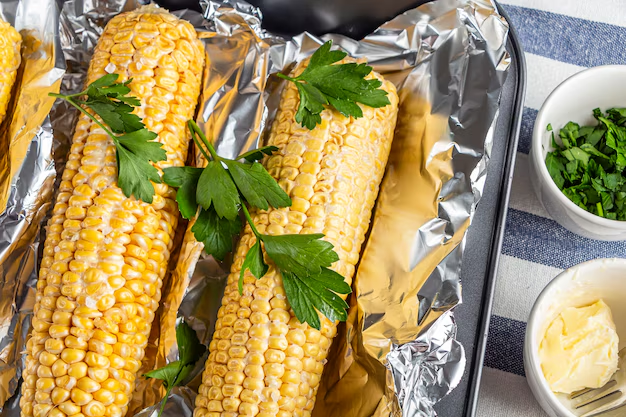Can Diabetics Enjoy Corn? What You Need to Know
When managing diabetes, what you eat is crucial to maintaining stable blood sugar levels. Corn, a staple food in many cultures, raises an important question: Is it safe for diabetics to include in their diet? Let’s explore this topic and offer insights on how you might incorporate corn into a meal plan without compromising your health.
Understanding Corn’s Nutritional Profile
Corn is rich in nutrients, including vitamins, minerals, and fiber. It’s a good source of vitamin C, magnesium, and antioxidants. However, the starch content in corn is what demands attention from diabetics. Corn is a complex carbohydrate and can raise blood sugar, but it does not spike it as quickly or dramatically as simple sugars. The key here is moderation and portion control.
The Glycemic Index Factor
A key consideration in diabetic diets is the glycemic index (GI)—a measure of how quickly a food raises blood sugar levels. Corn has a moderate GI, which means it affects blood glucose levels more slowly than high-GI foods but should still be consumed in planned portions.
Tips for Eating Corn Safely
- Portion Control: Stick to small servings. About half a cup of corn can be a balanced treat.
- Pair with Protein: Combine corn with lean proteins or fats that slow glucose absorption, like grilled chicken or avocado.
- Choose Whole: Whole corn is preferable over processed corn derivatives like corn syrup or cornstarch.
Practical Meal Incorporations
Corn can be a delightful addition to your meals if approached thoughtfully:
- Add corn to a salad for a sweet crunch.
- Enjoy grilled corn on the cob with a sprinkle of lemon.
- Use corn tortillas in your favorite low-fat fillings.
Financial and Educational Resources for Diabetics
Managing a chronic condition like diabetes often comes with extra expenses, from dietary needs to medical supplies. Fortunately, there are various financial assistance programs available to help ease this burden.
Explore These Resources:
- Medicaid and Medicare: Offer coverage for certain diabetes supplies and medications.
- SNAP (Supplemental Nutrition Assistance Program): Helps afford healthy groceries, including fresh produce and whole grains.
- Debt Relief Programs: Look for options specifically designed for medical debt relief.
- Educational Grants: Some organizations provide grants to educate and empower individuals about managing diabetes effectively.
Highlighted Assistance Options 🏥💸🎓
- Medicaid/Medicare: Covers diabetes-related supplies.
- SNAP Benefits: Assists in purchasing nutritious foods.
- Diabetes Grants: Financial aid for education and medical expenses.
- Debt Management: Programs to help manage or eliminate medical debt.
